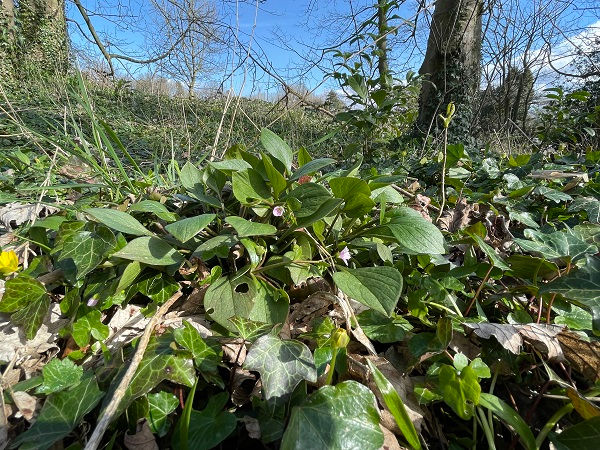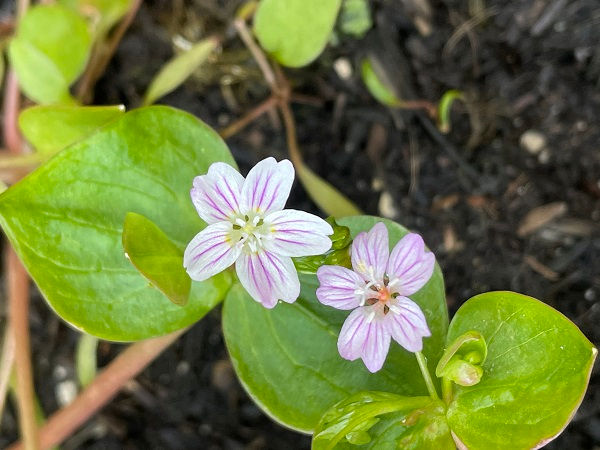Pink purslane - Claytonia sibirica
- The Foraging Course Company
- Apr 7, 2022
- 2 min read
Updated: Jan 16, 2025

Edible plant - novice Season - all year Common names Pink purslane, Siberian purslane, winter purslane, spring beauty, Siberian spring beauty, candy flower
Scientific name meaning: Clayton is arrived from the name of a botanist in the 1600s - John Clayton. Sibirica means from Siberia, where this plant is native to
Habitat  Found in damp woodlands and along the side of brooks and steams. Native to Siberia, Asia and North America, it has naturalised in the UK. |
Overall structure  A low-growing rosette forming plant reaching a few centimetres in height. Tends to be found growing in large patches. |
Leaves  The eye-shaped basal leaves tapper sharply to a long stalk. They are deep green but often flushed with purple tone in colder weather. When held up they resemble an inflated cobra's head. The stemless flower leaves are in opposing pairs and look fused (see flower image below). |
Stem  The stem is pink-red with many whitish flecks. |
Flower  Dark pink veins can be seen on the pale pink flower petals. Each of the petals has a notch at its tip. |
Possible lookalikes  Before flowering, could be confused with campion (picture), which has much more oval leave with shorted stems. Once flowered, confusion with geraniums/cranesbills could occur. However, the leaves of these are lobed to heavily lobed. |
Use as a food Has a wonderful earthy and sweet flavour, likened to raw beetroot. Usually eaten raw in a salad, the leaves and flowers are edible. It can be cooked, but becomes rather mucilaginous Hazards None known at time of writing
Use in herbal medicine and medicine Has been used to treat dandruff, wounds and eye sores. It also has diuretic properties. If you are suffering from any ailment or need medical advice, please see your General Practitioner Other uses None known Importance to other species Provides a valuable nectar source for pollinators, and food source for molluscs.
Always stay safe when foraging. You need to be 100% sure of your identification, 100% sure that your foraged item is edible, and 100% sure that you are not allergic to it (it is good practice to always try a small amount of any new food you are consuming). If in doubt, leave it out!









Comments